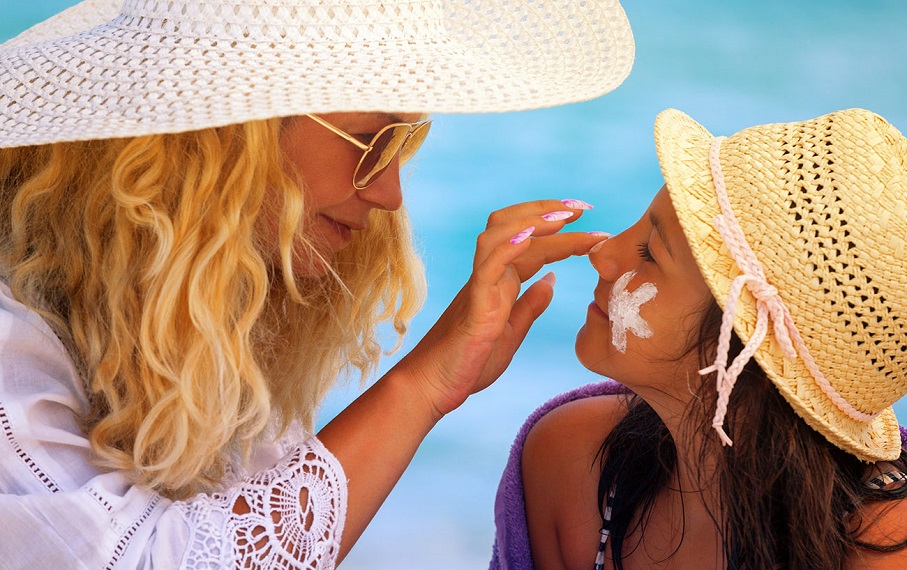Tips on Choosing a Sunscreen That Is Safe for the Whole Family
As a conscious person when it comes to the dangers of the sun, I’m always reminding my family about the importance of wearing sunscreen. We almost never go outside without applying sunscreen, but still, there is an alarming number of people who brave the UV rays without the help of sunblock. As if skin cancer isn’t a reason enough to use sunscreen?
When shopping for sunscreen for my family, there are a few things I always keep in mind. The first factor I consider is the SPF level. The SPF level measures the protection the product offers against the ultraviolet B radiation the sun emits. Products called “broad spectrum” offer protection against the different levels of radiation the sun gives off. So, I make sure the sunscreen I pick is a broad spectrum one and has a sun protection factor (SPF) 50. It is true that higher numbers mean more protection, however, the higher you go, the smaller the difference becomes.
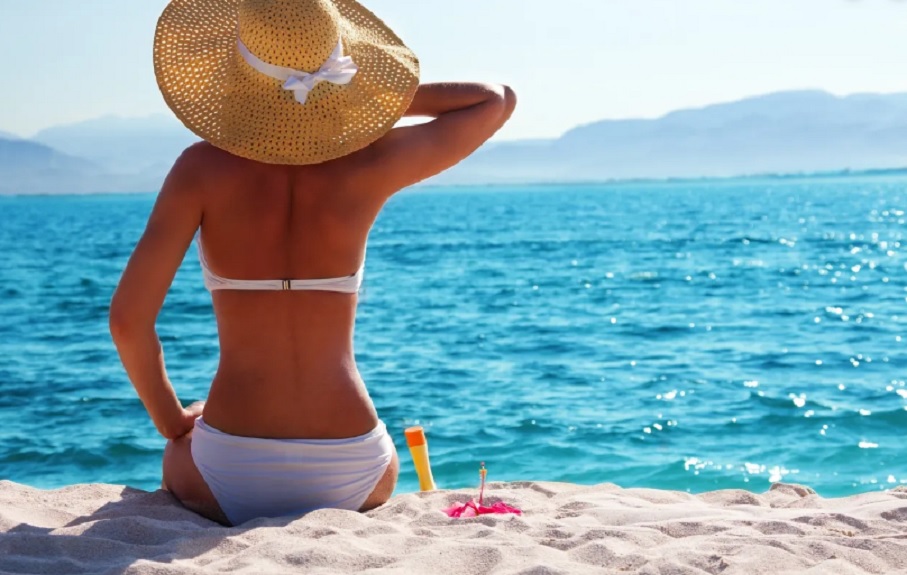
Sunscreens labeled as water-resistant are very common. But there is one important thing to note – water-resistant doesn’t mean waterproof. In fact, no sunscreen is waterproof or sweatproof. If a product’s label makes claims of being water-resistant, it must specify whether it lasts for 40 minutes or 80 minutes while sweating or swimming. For best results, it is recommended to reapply sunscreen at least every 2 hours and even more if you are swimming or sweating.
And last but not least, I make sure that the sunscreen I buy is mineral. The reason why I avoid chemical sunscreens is that they contain ingredients such as oxybenzone, which may potentially cause health problems. Mineral sunscreens are the oxybenzone free sunscreen alternative that uses two natural minerals (zinc oxide and titanium dioxide) as active ingredients. Unlike chemical sunscreens which penetrate the skin and absorb the sun’s rays like a sponge, oxybenzone free sunscreen options protect your skin by reflecting away the harmful UV rays.
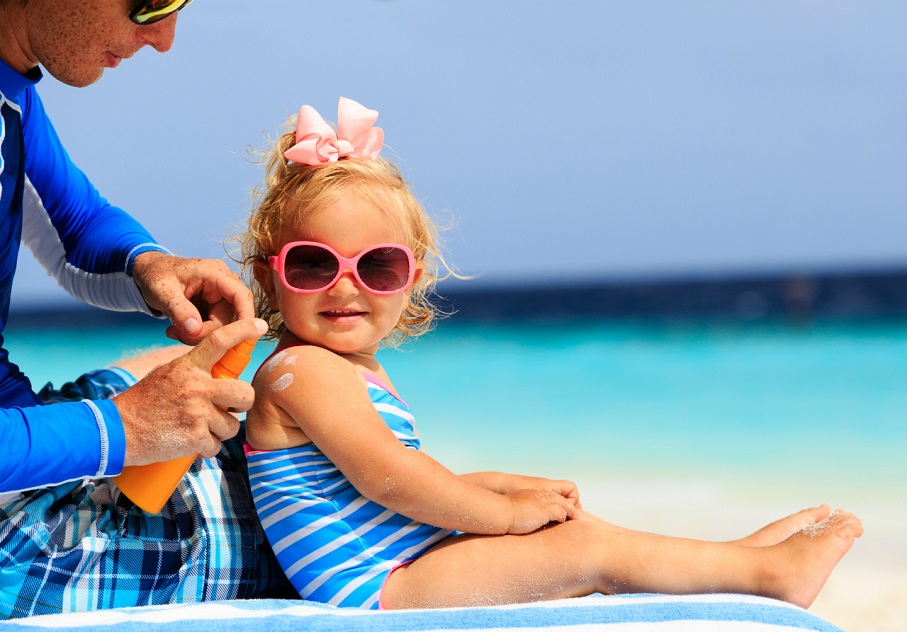
There is also the issue with most conventional sunscreens that contain oxybenzone and other chemicals. They have been shown to bleach and cause damage to the ocean’s coral reefs. Furthermore, because chemical sunscreens are absorbed into the bloodstream, some people may experience skin irritation, cell damage, or even hormone disruption. This explains why more and more people are turning to oxybenzone free sunscreen as a safe and effective solution for both their skin and the environment.
Mineral sunscreens are so safe that they are suitable for babies. The only thing to keep an eye for is sunscreens that use both mineral and chemical ingredients. Some sunscreens advertise themselves as mineral ones but contain chemical ingredients too. My suggestion is for you to always read the label and check the ingredients before putting any product on your baby’s skin.
Some manufacturers of chemical sunscreens suggest that mineral sunscreens can also be absorbed by the skin. These companies claim that based on the fact that the ingredients in mineral sunscreens are broken down into tiny pieces that can easily seep into the skin cells. However, this claim contradicts the findings of the international scientific community that have stated that zinc oxide and titanium dioxide nanoparticles do not reach viable skin cells but rather remain in the outer layer of the skin and on the surface of the skin.
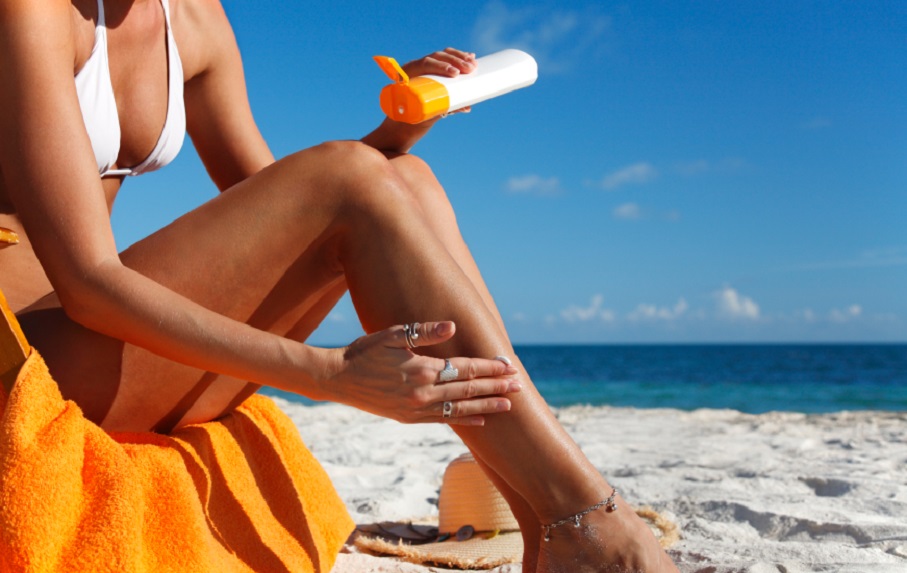
Other Things That You Should Know
Some mineral sunscreens may leave a slight residue on your skin. This is because the minerals are not actually absorbed into the skin. Chemical sunscreens contain ingredients called penetration enhancers, which help the chemicals make their way into your child’s skin. Thanks to these ingredients, rubbing in the chemical sunscreen smoothly and transparently is a breeze. So, if your mineral sunscreen leaves a residue, that’s just one more proof that it is safe for you and your family to use it.
Zinc oxide, the main ingredient in mineral sunscreens, can also provide your skin with many other benefits. It can also be found in many other skin care formulations, such as nappy rash creams and acne treatments, and it is also known to be helpful for burns and wounds. It has both antibacterial properties and can be used as a building block for skin repair. In other words, mineral sunscreens are basically 2-in-1 products – both sunblock and active skincare repair cream. Chemical sunscreens offer no extra skin benefit.
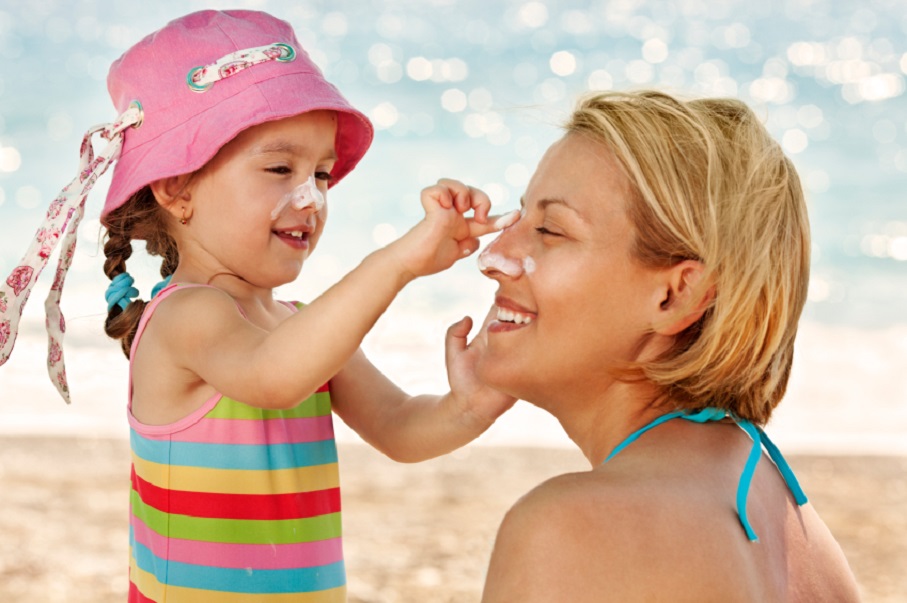
And the last thing to keep in mind when buying sunscreen is to look for a product that’s labeled ‘broad-spectrum’. This will ensure the sunscreen blocks all types of the sun’s UV rays. Another thing to consider is buying a soothing after-sun spray which will hydrate and refresh your skin after enjoying your time under the scorching Australian sun.
Bottom line is, you should apply oxybenzone free sunscreen every day. The best practice is to apply 30 minutes before going outside to allow your skin to absorb the product. Reapply it every couple of hours of exposure and immediately after excessive sweating or swimming. This applies for cloudy days too. Up to 80% of the sun’s UV radiation reaches the Earth when it’s cloudy. Leaving the house unprotected on an overcast day can also lead to skin damage.

